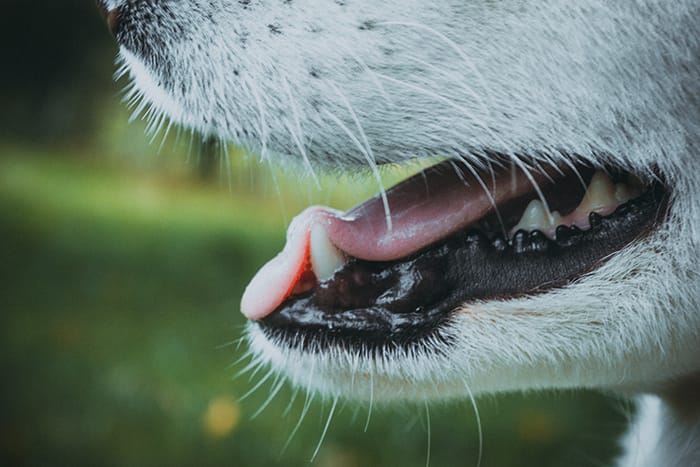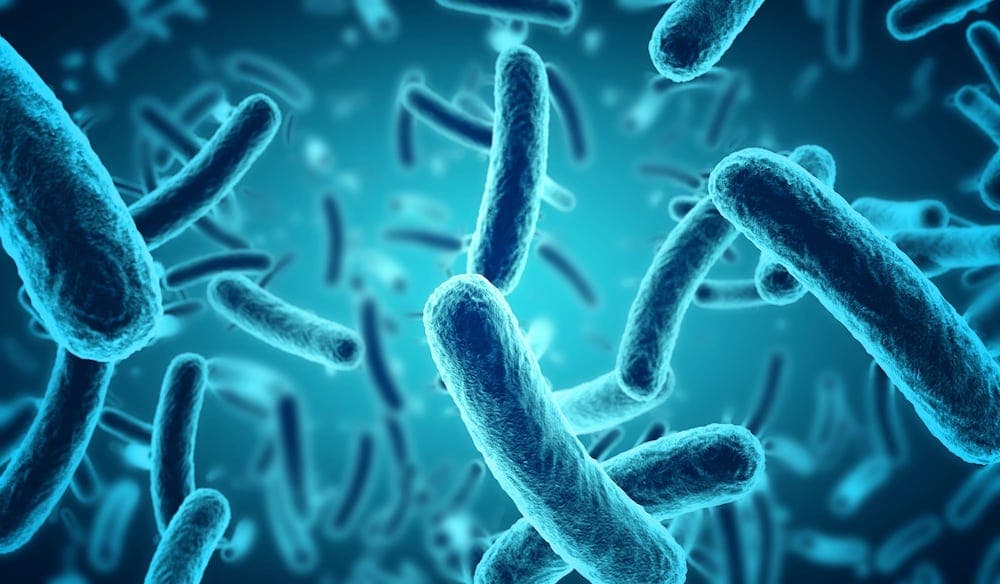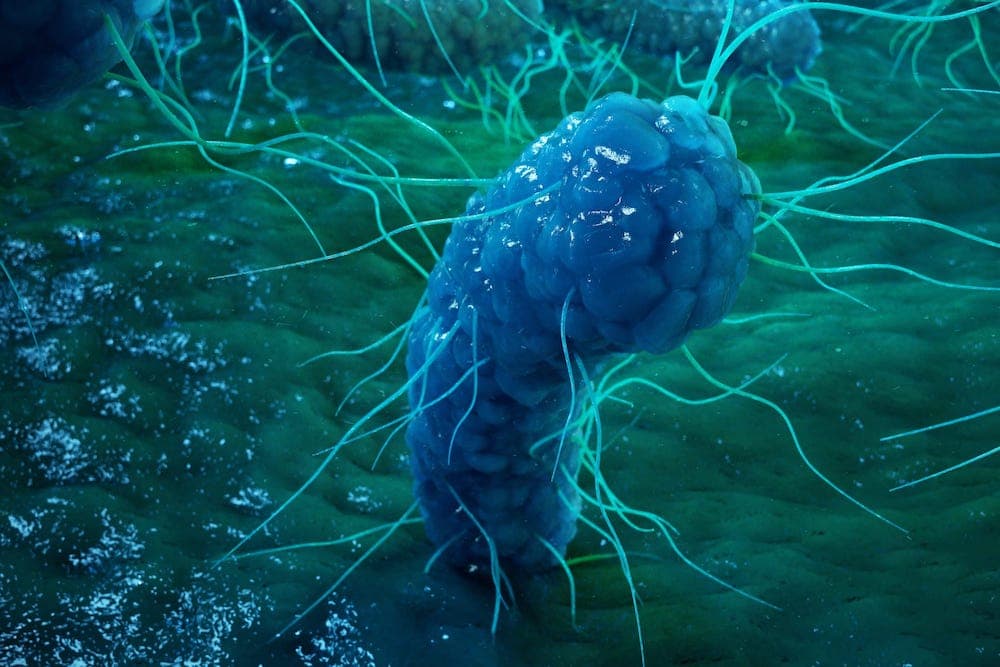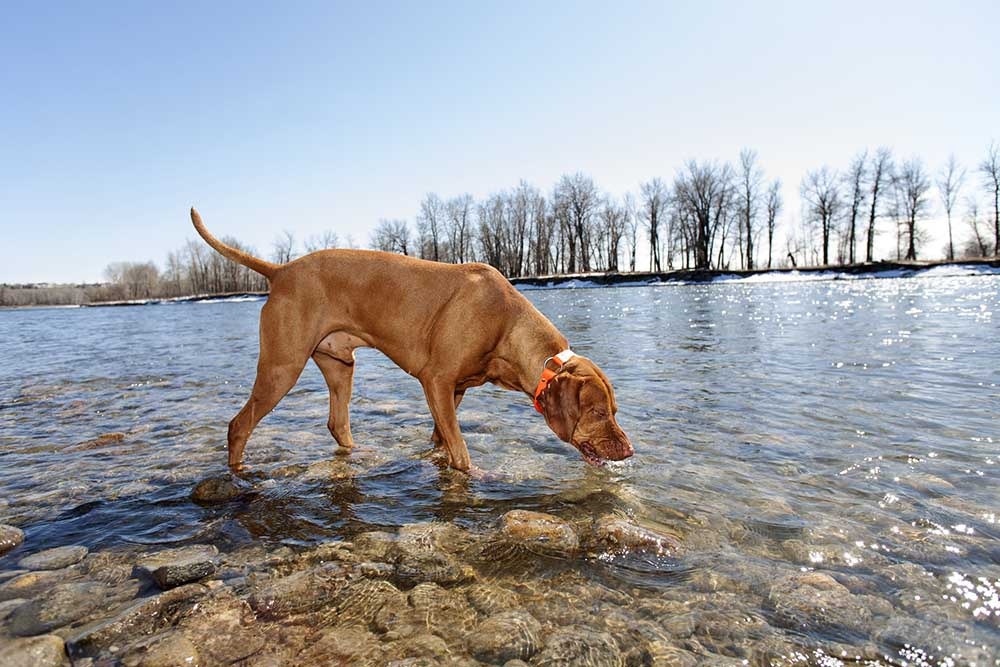Learn : Health & Wellness
The Microbes in Your Pet's Mouth
When your dog sweetly licks your face or your cat grooms your arm hair, germs might not be the first thing that comes to mind. Or maybe you immediately imagine scrubbing yourself clean with soap. Or perhaps you’d never let your beloved pet do it in the first place.
Regardless of your reaction to an affectionate lick from your furry companion, the fact is that their mouths are indeed chock full of bacteria. But before you recoil in disgust: most of them are crucial for your dog or cat’s health and are part of their “oral microbiome1.” These bacteria help keep them healthy by competing with potential pathogens for nutrients and training the immune system to react appropriately to invaders.
Scientists have been exploring what species of bacteria live in human mouths—but what do we know about pets? Here you’ll learn about what the oral microbiome does for animal health, as well as what researchers have uncovered in dogs and cats.
The Microbiome
In the 1680s, a scientist named Anton van Leeuwenhoek took some plaque from between teeth and examined it under a microscope. He saw what he called “animalcules” moving around in the muck2. It was the first-ever description of bacteria—and it came from van Leeuwenhoek’s mouth.
Today, it’s no secret that animals are covered in trillions of microbes—including bacteria, fungi, and viruses. Every inch of their bodies from the skin to intestines are teeming with microscopic beings that our eyes can’t see, but are critically important for staying healthy.
Collectively, these microbes are called the “microbiome.” Various species live in different parts of the body. A species from the intestines, for instance, may die when it’s on skin or fur, and vice versa. Each fulfills a specific role in keeping animals healthy. For example, bacteria in the gut help their host digest food and absorb nutrients3. And species that live in animal mouths protect this opening to the outside world from potential pathogens4.
These bacterial communities are carefully balanced, and imbalances are linked to disease. In the mouth, this might be gingivitis or cavities among others4. Scientists have devoted a significant effort to understanding what species live in different parts of the body and their impacts on health. The more they learn, the closer we get to better treatments for disease.
The Oral Microbiome in Health
Run your tongue over your teeth. The sliminess you feel? That’s a layer of bacteria, adhered to the outside of the tooth. Bacteria live in every nook and cranny of the mouth. You’ll find them between and on teeth, beneath the gum line, and coating the tongue and cheeks. The same is true for your pet’s mouth, which is why it’s important to brush their teeth.
Everyday factors such as diet can change the makeup of the bacterial communities that thrive in the mouth, as can age or antibiotics1,4. Diets comprised of fatty foods and high amounts of sugar can lead to higher numbers of Streptococcus mutans (a species that causes cavities) and Fusobacterium nucleatum (a species that can cause gum inflammation)4.
What happens when these communities change? Sometimes, nothing. Which bacteria thrive fluctuates as we age4 and transiently changes when we kiss5. But other times, these changes are linked to disease. Imbalances in the oral microbiome can cause infections within the mouth itself, such as gingivitis1. But the composition of bacteria that live in animal mouths can affect a wide range of other diseases including cancer, cardiac disease, pneumonia, and rheumatoid arthritis4. Scientists still don’t know whether changes in the oral microbiome are responsible for these changes or simply a side effect. Future studies, however, will help narrow down the possibilities and allow researchers to develop better treatments.
The Oral Microbiome in Pets
Most studies that examine the roles that the oral microbiome plays in health were done in humans and animal models such as mice. But their results should still be relevant to pets, although some of the species may be different, which is why it’s important to do more studies.
A few studies have been done in dogs and cats, primarily to characterize the species that live in their mouths. Dog oral microbiomes, for instance, appear to be dominated by bacteria from phyla including Bacteriodetes, Proteobacteria, Firmicutes, Spirochaetes, and Fusobacteria6,7. Another study found that Actinobacteria also reside in a dog’s mouth8. Similar groups are present in cat mouths9,10. These studies also revealed that dog and cat oral microbiomes are highly diverse and host a wide range of species—which is likely a sign of a healthy microbiome.
But how many of these species from your pet are found in your mouth? Not many, one study suggests11. When researchers compared dog oral microbiomes with that of their owners, they only found about 5% of bacteria in both samples. This might be a good thing, as some residents of canine microbiomes can cause disease in humans. One example is Pasteurella dagmatis, which can cause infection after dog bites.
And just as in humans, diet can change what bacteria are found in your pet’s mouth. A 2016 study in cats found that those on a dry diet had higher oral microbiome diversity than those on wet-food diets12. The impact of these diets on gum health was unclear, however, and more research is needed. Understanding which species comprise the oral microbiome of your pet can help scientists make connections to health as they conduct more research in the future.
Closing Remarks
As with people, animal microbiomes are all over your pet, and scientists are still learning about them. The oral microbiome is only a small part of the overall picture, but it has clear roles in keeping our pets (and us) healthy. As researchers learn more, they will discover new ways to fight or prevent disease.
References
1. Lamont, R. J., Koo, H. & Hajishengallis, G. The oral microbiota: dynamic communities and host interactions. Nat. Rev. Microbiol. 16, 745–759 (2018).
2. Alfred, R. et al. Sept. 17, 1683: Van Leeuwenhoek Gives Us Reason to Brush and Floss. Wired (2008).
3. Clemente, J. C., Ursell, L. K., Parfrey, L. W. & Knight, R. The impact of the gut microbiota on human health: an integrative view. Cell 148, 1258–1270 (2012).
4. Jia, G. et al. The oral microbiota - a mechanistic role for systemic diseases. Br. Dent. J. 224, 447–455 (2018).
5. Kort, R. et al. Shaping the oral microbiota through intimate kissing. Microbiome 2, 41 (2014).
6. Dewhirst, F. E. et al. The canine oral microbiome. PLoS One 7, e36067 (2012).
7. Sturgeon, A., Stull, J. W., Costa, M. C. & Weese, J. S. Metagenomic analysis of the canine oral cavity as revealed by high-throughput pyrosequencing of the 16S rRNA gene. Vet. Microbiol. 162, 891–898 (2013).
8. McDonald, J. E. et al. Characterising the Canine Oral Microbiome by Direct Sequencing of Reverse-Transcribed rRNA Molecules. PLoS One 11, e0157046 (2016).
9. Sturgeon, A., Pinder, S. L., Costa, M. C. & Weese, J. S. Characterization of the oral microbiota of healthy cats using next-generation sequencing. Vet. J. 201, 223–229 (2014).
10. Dewhirst, F. E. et al. The feline oral microbiome: a provisional 16S rRNA gene based taxonomy with full-length reference sequences. Vet. Microbiol. 175, 294–303 (2015).
11. Oh, C. et al. Comparison of the Oral Microbiomes of Canines and Their Owners Using Next-Generation Sequencing. PLoS One 10, e0131468 (2015).
12. Adler, C. J., Malik, R., Browne, G. V. & Norris, J. M. Diet may influence the oral microbiome composition in cats. Microbiome 4, 23 (2016).



 Microbiome And Pet Health
Microbiome And Pet Health
 Pet Expert Videos
Pet Expert Videos
 Microbes in the Gut
Microbes in the Gut
 Giardia & Its Link to the Microbiome
Giardia & Its Link to the Microbiome